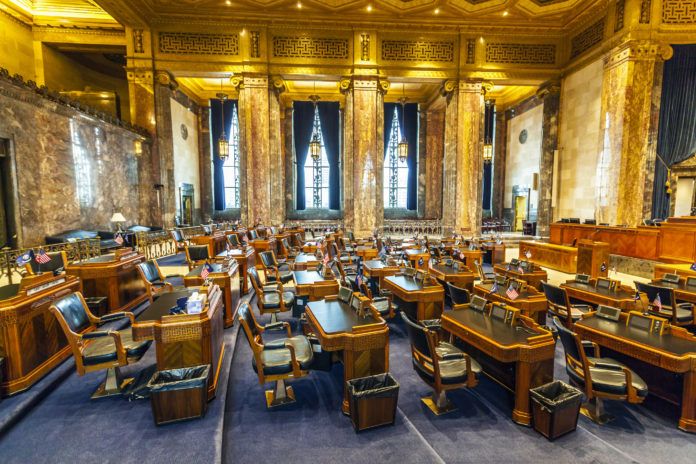Residents vomiting in the street, and others unresponsive, while emergency vehicles stalled due to a lack of oxygen, is how Jerry Briggs described the scene of a CO2 leak in Mississippi.
For about four hours, the fire coordinator in Warren County, Mississippi, worked with emergency responders in neighboring Yazoo County to drag dozens of residents to safety, including some that continue to have health issues four years later, Briggs says.
As reported by The Center Square, Briggs was one of several experts who testified before the House Committee on Natural Resources and Environment last week regarding various aspects of the emerging carbon capture industry. Briggs says officials in Yazoo County were unaware of the CO2 pipeline running through Satartia until it ruptured, and it’s a similar situation in Louisiana.
“I think where the problem lies is they don’t know what’s in their own community,” he says.
The big question, Briggs asks, is “How do you enforce the law that you already have?”
It’s the same question residents concerned about dozens of proposed carbon capture and sequestration projects across Louisiana are pondering as the state moves to lead the budding industry boosted by taxpayer subsidies.
Residents and local officials near several proposed sites aired a wide variety of concerns—from the impact of drilling injection wells on wetlands and aquatic habitats, to subsurface trespassing, to a lack of comprehensive emergency response plans—during a series of legislative task force meetings last year.
Lawmakers are now preparing to consider regulations to address some of those concerns, with the meeting on Tuesday intended as an overview of issues including eminent domain, carbon capture and water resources, and emergency preparedness.



